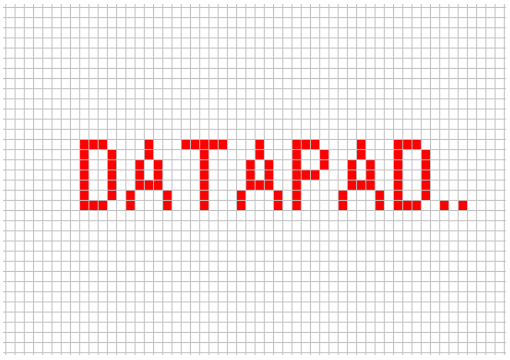Oracle Basic SQL Overview
Oracle Database is relational database management system and commonly used for running online transaction processing (OLTP), data warehousing (DW) and mixed (OLTP & DW) database workloads. Oracle Database is available by serveral service providers on-prem, on-cloud, or as hybrid cloud installation. It may be run on third party servers as well as on Oracle hardware.
Mastering the SQL language is an essential skill for any Oracle professional and is the first step in becoming a true Oracle expert. Oracle has its own take on the SQL language that builds on top of industry standards.
In this course, you will learn how to select and filter data, manipulate data using functions, how to combine data from two or more tables in a single statement with joins, discover how to modify data with DML and DDL commands and group data with aggregate functions.
Note: This training course is appropriate for beginning database developers with no prior experience with SQL or Oracle.
Key Features
Using Oracle SQL Developer, the free development environment
Filtering data
Joining data from tables
Updating values
Grouping and ordering result sets
Checking constraints
Selecting data from tables
Using functions to manipulate data
Creating tables
Truncating data
Working with primary keys
Introduction
What is SQL?
Database tables
Overview of table data types
SQL query structure
Creating Oracle cloud Autonomous Database
Introduction to Oracle SQL Developer
Creating a connection to the database
Managing existing connections
Exploring database objects
Filtering specific objects
Using SQL Developer tabs
Viewing query output
Case sensitivity of SQL commands
Viewing SQL execution history
Query output as grid or script
Writing your first SELECT query
Selecting only specific columns
Using WHERE to filter specific rows
Using multiplr WHERE conditions
Using WHERE to filter partial strings
Using WHERE to filter numeric ranges
Using WHERE IN and NOT IN for strings
Using WHERE IN and NOT IN for numbers
Using WHERE to filter dates
Using WHERE to filter exact strings
Using DISTINCT to eliminate duplicates
Performing basic numeric calculations
Using column aliases
Describe the structure of a table
Using ORDER BY
Introduction to functions
Using SUBSTRING, LENGTH and CONCAT
Using LOWER and UPPER
Using INSTR
Using RPAD and LPAD
Using TO_CHAR to convert numbers
Using TO_CHAR to format DATE values
Using TO_CHAR to filter DATE values
The special Oracle DUAL table
Using Round
Using TRUNC
Using SYSDATE
Using SYSTIMESTAMP
Using MONTHS_BETWEEN
Using ADD_MONTHS
Introduction to SQL joins
Joining data from tables
INNER JOIN
LEFT JOIN
RIGHT JOIN
FULL OUTER JOIN
Joins with table aliases
Introduction to DML and DDL commands
Creating a simple table
Inserting a new row to the table
COMMIT and ROLLBACK
Introductions to transactions
Deleting rows from a table
Updating values
Multiplestatement transactions
Truncating all data from a table
Adding and dropping columns from a table
Introduction to aggregate functions
Using GROUP BY
Using GROUP BY with MAX, MIN and AVG
Using HAVING
Primary keys
NOT NULL constraints
Check constraints
Foreign key constraints
Sunqueries
Conclusion
